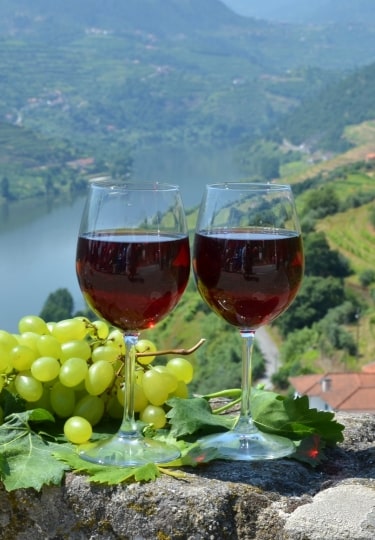Typically served with dessert or a plate of cheese, port wine is a sweet and elegant way to end a meal. For those who have never tried it or want to learn more about this particular type of drink, here’s a beginner’s guide to port wine.
What is port wine?
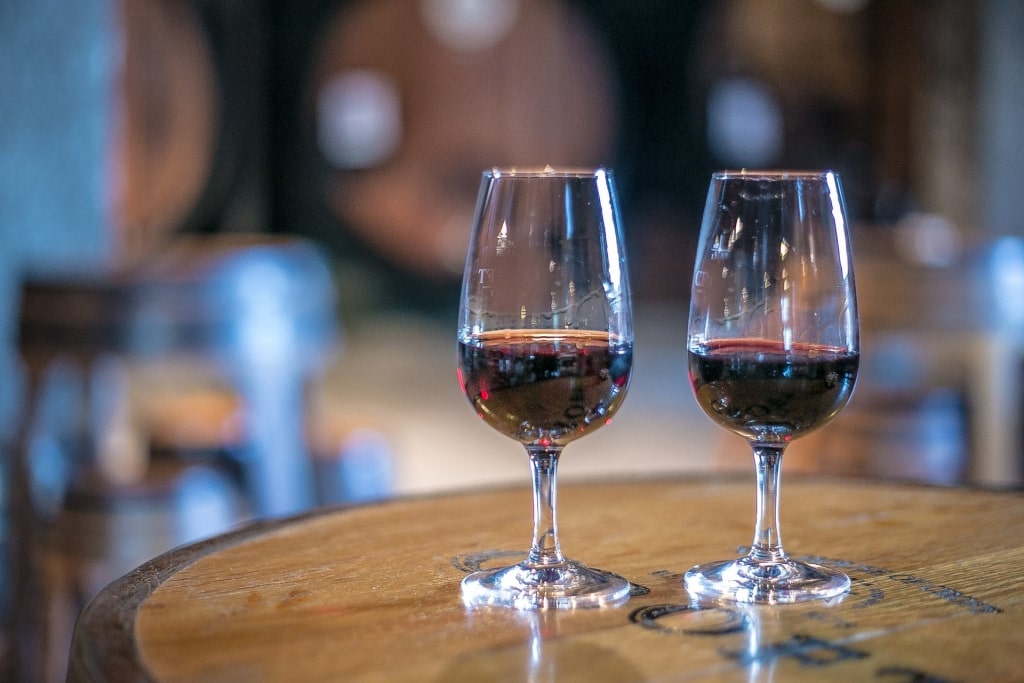
Port is a type of fortified wine that Portugal is famous for. Fortified wines are made by processing wine with a grape spirit, typically brandy. The addition of a grape spirit adds a natural sweetness to the wine, which is why port is a favorite post-dinner digestif.
It has rich and bold flavors, including hints of chocolate, berries, and cinnamon. Port is produced exclusively in Portugal’s Douro Valley, which has been producing wines for over two thousand years.
What’s the history of port wine?
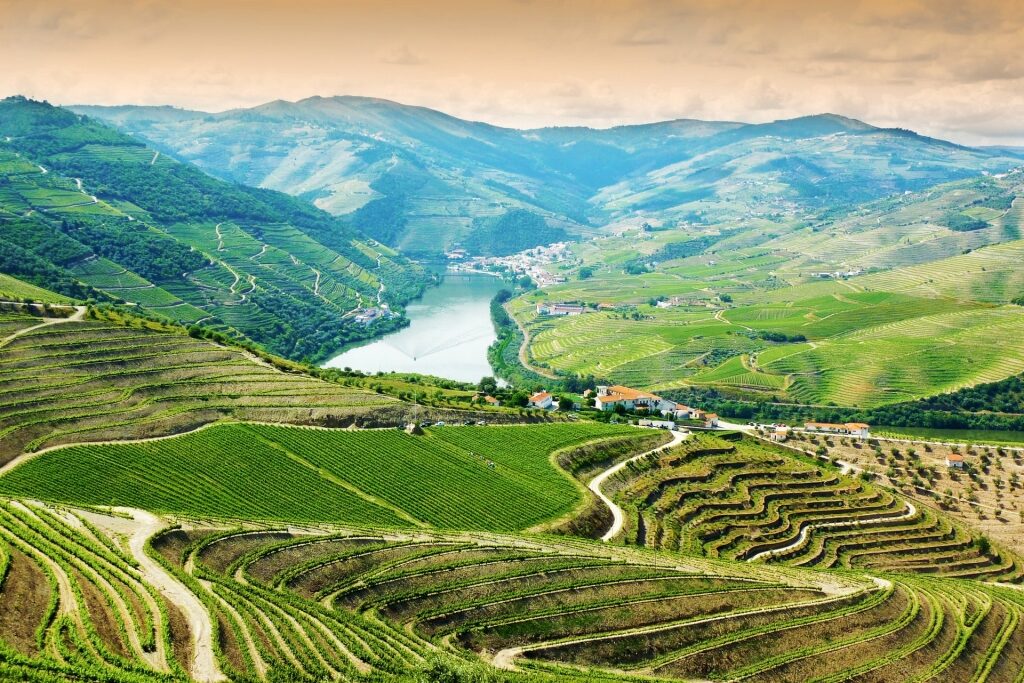
In the mid-17th century, England decided to boycott wines from France because of increasing tensions between the two countries. As a result, English merchants began searching for better grape varieties in Portugal and found what they were looking for in the hot and arid region of Douro Valley.
However, the Douro Valley vineyards were located far from the trading hub of Viana do Castello. Instead of making the trek there, merchants decided to transport wines out of the country through the coastal city of Porto, which is how port wine originally got its name.
In order to keep the wine from spoiling during the long sea journey from Porto to England, producers started fortifying their wines with a little bit of brandy, resulting in the unique taste of port that is still loved today.
How is port wine made?
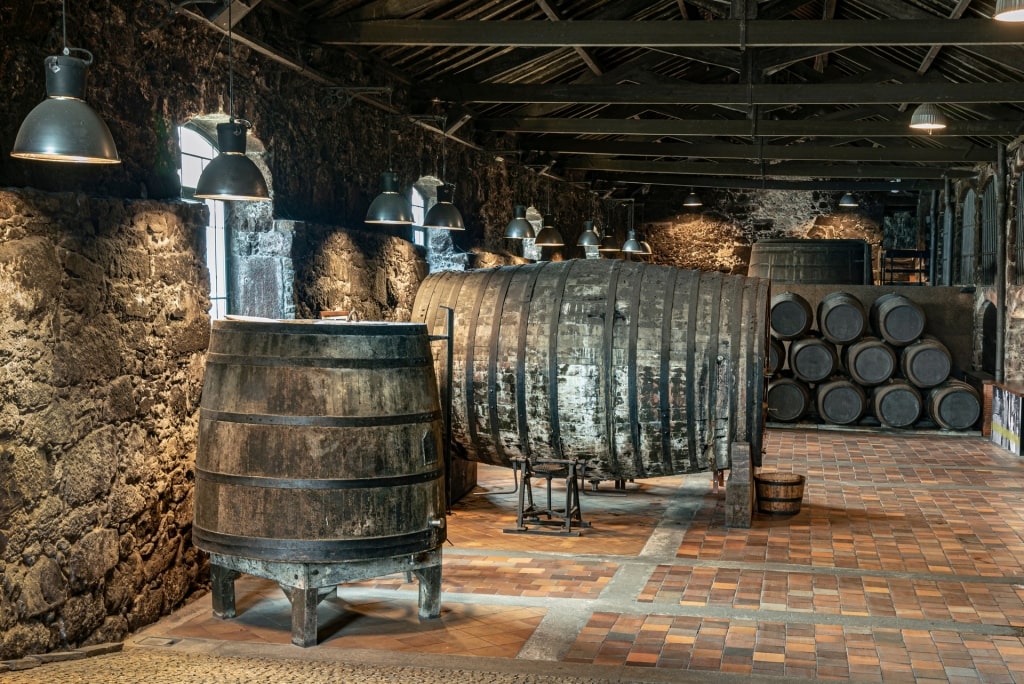
Port wine is made from hand-picked grape varieties found in the Douro Valley. The grapes are crushed in lagers (fermentation tanks made out of stone, concrete, or granite) in order to extract juice and pulp from their skins.
After the crushing process, the grapes are left to ferment until they reach their optimum sugar and alcohol levels. Once they reach those levels, producers add brandy in order to fortify the wine, stopping the fermentation process and retaining some of the natural sugar taste of the grape. All port wines are then aged for two years in oak or steel containers.
What are the different types of port wine?
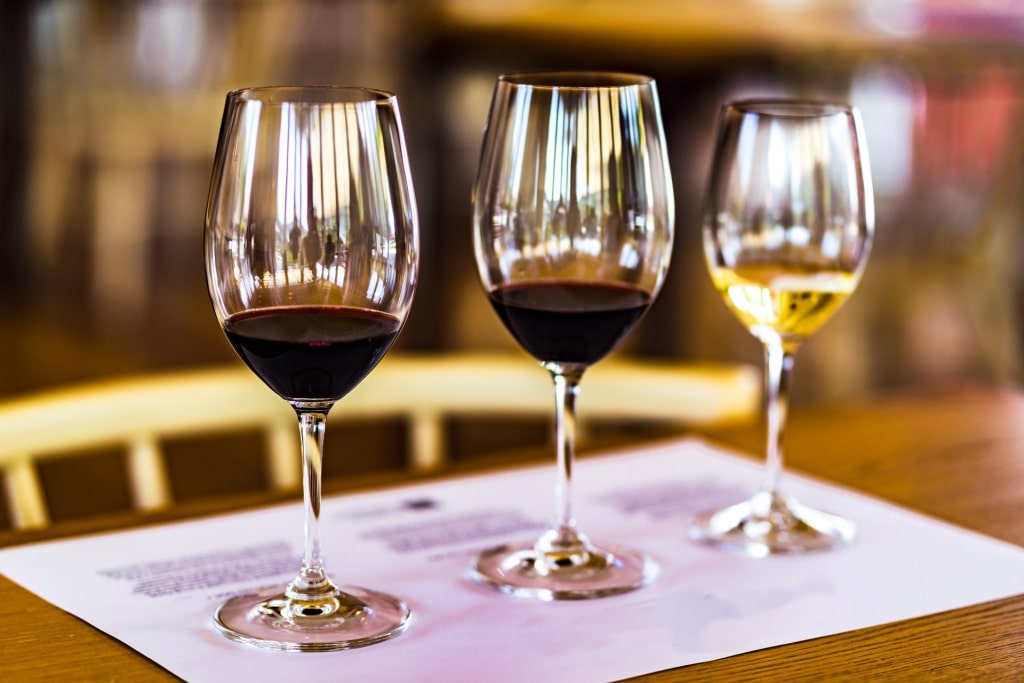
There are several different types of port wines, which vary depending on how long a port wine was aged and what kind of vessel was used for the aging process.
These are some of the most common types of port wines:
- Ruby port: Just like their name suggests, ruby ports are a bold red color and usually have a fruity taste with berry and plum undertones. Ruby ports are aged for two to six years in oak vats.
- Tawny port: Tawny ports are aged in oak casks for a longer period of time than ruby ports. The lengthier aging process in wood creates a lighter color in the wine, typically amber or light brown, and allows the wine to develop more complex flavors with nutty and wood undertones.
- White port: Made from white port grapes, these port wines are aged for a short period of time in large vats. They are typically served chilled, have dry and light flavors, and are mostly enjoyed as an aperitif.
What do you serve with port wine?
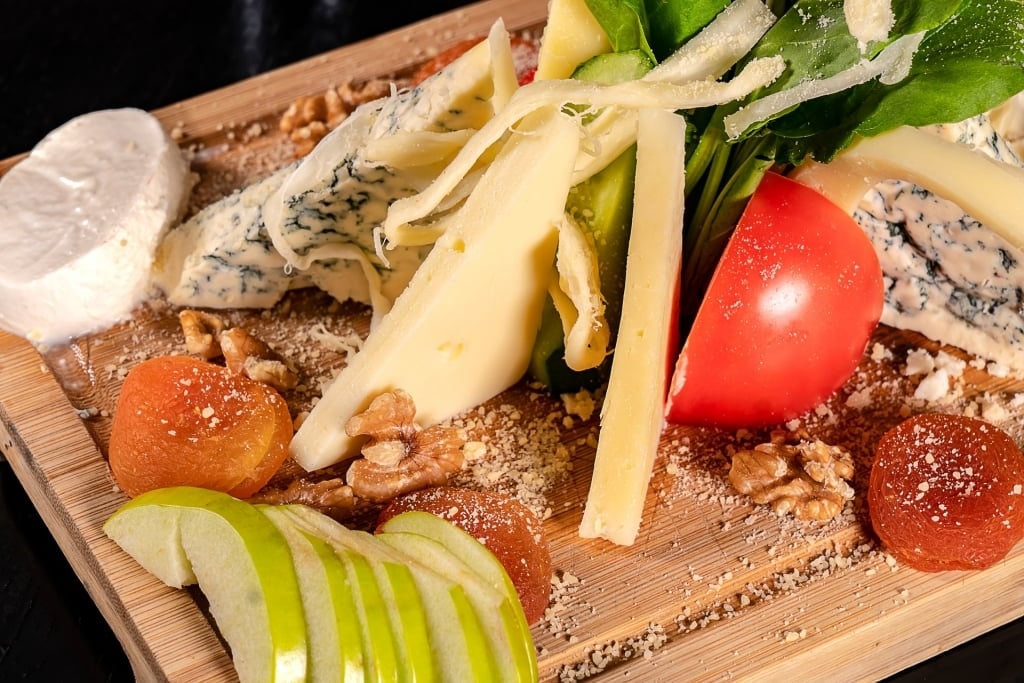
Port wine pairs best with cheese and desserts, but can also be enjoyed with seafood or as an aperitif.
These food pairings work well with different types of port wine:
Ruby port wine: Dark chocolate, truffles, poached pears, cheddar cheese, dates, stinky blue cheese
Tawny port wine: Nut-based desserts, ice cream, apple tarts, dried cherries caramel, creme brulee, parmesan or manchego cheese
White port wine: Salted nuts, chips, foie gras, shellfish, olives, charcuterie
In short, ruby port wine typically pairs best with rich and decadent foods, tawny port wine is better with milder desserts, fruits, and tangy flavors, and white port is best served chilled with saltier foods.
Where can I taste port wine?

You can visit Porto on one of our European cruises. You’ll disembark in the nearby port of Leixoes, where you can sign up for a variety of wine tasting shore excursions.
Head to the Douro Valley, where you’ll see spectacular vineyards and learn all about the region’s rich winemaking history. Take a scenic walking tour and try a variety of food in Porto, then finish your stroll with a delicious wine tasting.
On your cruise to Porto, you can also visit the small town of Vila Real and walk around the beautiful gardens of Mateus Palace before ending your day with a wine tasting inside the palace cellars, which date back to the 16th century.
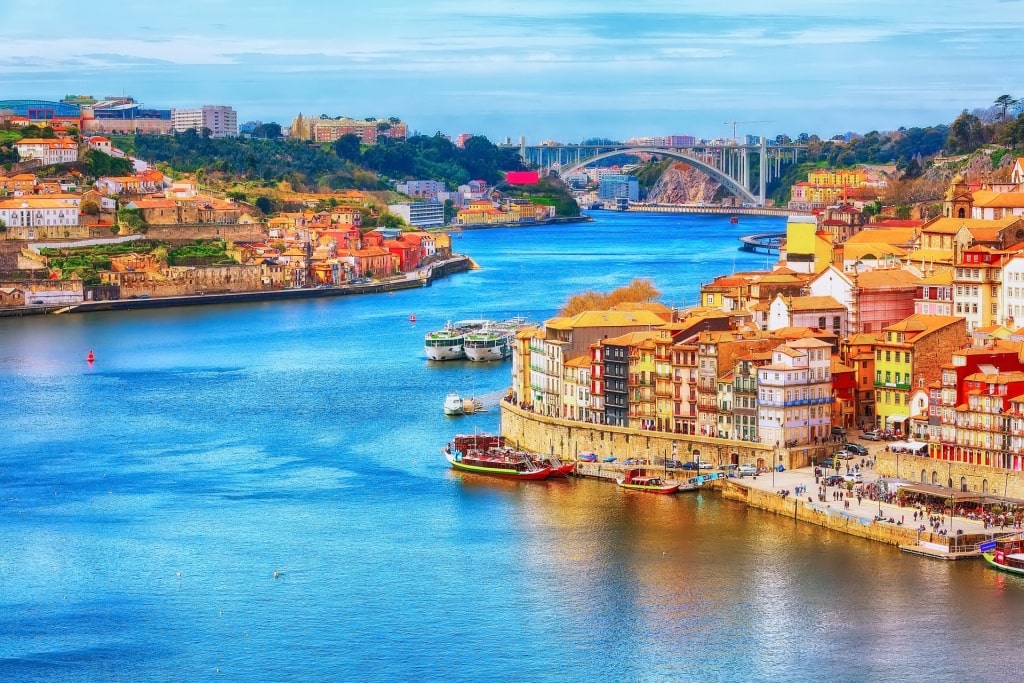
See cruise itineraries that stop in Porto, then book your vacation online or call us at 1-800-852-8086 and one of our cruise experts will help you reserve your stateroom or suite and book your cruise right over the phone.
